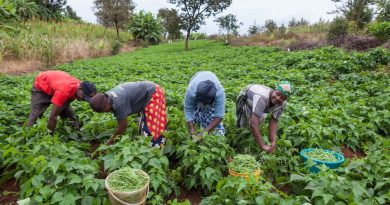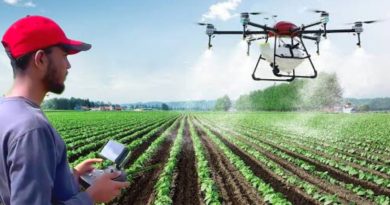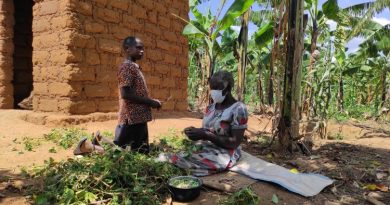Rwanda: free livestock vaccination aids control of rift valley fever in Nyagatare
According to World Health Organization (WHO) RVF is a viral zoonosis that primarily affects animals but also has the capacity to infect humans. Infection can cause severe disease in both animals and humans. The disease also results in significant economic losses due to death and abortion among RVF-infected livestock.
RVF is able to infect many species of animals causing severe disease in domesticated animals including cattle, sheep, camels and goats. Sheep and goats appear to be more susceptible than cattle or camels.
Research published by PLos confirmed that age has also been shown to be a significant factor in the animal’s susceptibility to the severe form of the disease: over 90% of lambs infected with RVF die, whereas mortality among adult sheep can be as low as 10%.
The rate of abortion among pregnant infected ewes is almost 100%. An outbreak of RVF in animals frequently manifests itself as a wave of unexplained abortions among livestock and may signal the start of an epidemic.
The disease has been a major problem in Rwanda. According to the PLos report in 2020, for example, Rwanda experienced 32 outbreaks of RVF across the country with 689 cases recorded in ruminant livestock. In the same year, Nyagatare District experienced three outbreaks in January and one in March, with 213 total cases.
To control and prevent this terrible fever from ravaging the livestock sector in the country, the Rwanda Agriculture Board responded by vaccinating 237,386 cattle, 22,727 goats, and 17,872 sheep against RVF. Animal movements were banned from mid-June to the end of July to mitigate the outbreak. The government implemented vector control, ante and post-mortem inspections, and public awareness campaigns.
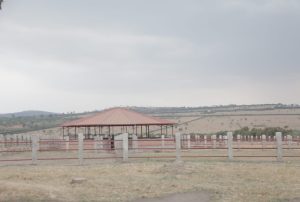
The public awareness campaigns done through the media, farmer field schools, market days and public meetings with farmers were conducted in collaboration with local livestock farmers’ advisors- this includes livestock farmers among others who are more informed and respected by their colleagues.
“In 2022 only, in Nyagatare district 178,467 cows, 140,668 goats and 23,373 sheep were vaccinated in line with the RVF prevention,” said Gonzague Matsiko, the district vice mayor for economic development.
Matsiko says that in order to master the prevention strategy of RVF they hired private veterinaries to help in vaccination and disinfecting livestock, which cost the government around 19 million Rwandan francs to conduct.
Matsiko affirms that with the force they put in vaccinating livestock and educational campaigns for livestock farmers, now the RVF is under control; but the advocacy is continuing, he reiterates.
The free vaccination of livestock and educational campaigns targeting livestock farmers to beware of RVF disease bore fruits, especially in the Eastern province.
Many farmers agree. Livestock farmers in Rwimiyaga sector, Nyagatare district, interviewed for this article, attributed their success in controlling or even preventing the dreaded fever from ravaging their stock to the government campaigns, the instructions they received, the mass vaccination and disinfection strategies implemented by the government and farmers who diligently followed the advisories.
“We heard from our neighbors in Gatsibo district about that disease, that when a cow is attacked by the disease, it bleeds from mouth and nose, and remains motionless until death,” says Theoneste Rukemurampaka, a livestock farmer from Rwimiyaga Sector.

“As soon as the administration found out about the outbreak, they approached us and launched a massive awareness campaign and prevention through free mass vaccination. They also gave us animal disinfectants to prevent infection, for free.”
Rukemurampaka affirms that the government’s contribution was commendable in the fight against RVF.
Besides, the government’s warnings and sensitizations efforts, the fear of losing all their livestock made many farmers to faithfully follow the instructions to save their animals from being attacked by the viral disease.
Francis Kamanzi, , a livestock farmer and a manager of Kirebe Dairy Farm, told us that for a livestock farmer, staying ‘cowless’ is more terrifying than the even death. “The feeling of living without cows for a livestock farmer is more dreadful than other forms of poverty,” he intimates. Most livestock farmers in the district keep their inherited animals as matter of culture, prestige and tradition, he adds.
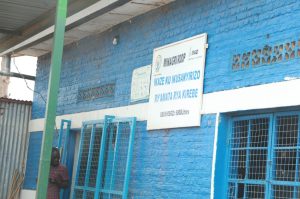
Kamanzi says that with the RVF outbreak, “what was left for them was selling milk, which was far from being enough to cover for their daily living costs. Therefore, they had to follow to the letter what the government was telling them in order to prevent the disease.”
They adopted the good practice of disinfecting their cattle at least twice a week, and vaccinated all of them at once, as instructed by the veterinary officers that led the campaign to eradicate RVF from the district.
The fight against mosquitoes among other measures
To control the spread of the fever, which is spread by mosquitoes, the government and farmers embarked on a massive drive to kill mosquitoes and destroy their breeding grounds.
For example, according to Suweto Mugabowishema, a veterinary officer based in Rwimiyaga Sector, they cut down the bushes and drained the ponds to stop mosquitoes from breeding in the area. In addition, they made it a habit to wash the livestock at least twice a week using the medicine/disinfectants they had been given.
Mugabowishema, who works with a local livestock farm, is one among the people who saw the infected cows: “it was scary to see because the animals were bleeding from their noses and eyes which made them weak and very sore. They had high fever and sweating.”
He says that his eyewitness account and experience was used to create awareness and to sensitize farmers on dangers of the disease. This, he says, motivated the farmers to take decisive measures to prevent the disease and even to insure their animals.
In addition, the government implemented other control measures including closer of livestock markets commonly known as ‘Ibikomera’, stoppage of sale and slaughter of cows. Although farmers’ livelihoods were severely affected by these measures, they helped to save lives of both humans and animals and drastically reduced the impact of the disease.
Still the effects were huge and insurance too costly
Despite the stringent measures including vaccination and disinfection campaigns, to prevent this disease from reaching their farms, the disease still managed to attack some farms or animals. The protection was not 100 percent effective, says Mugabowishema.
What is more? The high cost of insurance prevented smallholder farmers from insuring their animals. Thus, this solution was mostly accessible only to the well-to-do ranchers and farmers.
“This unpredictable disease can take the lives of animals and people, but those who are able to take insurance for their livestock are still few, mainly due to the low level of awareness and the price of insurance that they find expensive for them,” Kamanzi notes with concern.
Mugabowishema confirms that except for those with big farms and focused in business related livestock farming; buying insurance is beyond the reach of poor farmers. The cost of insurance is 4.5 percent of the value of the cow every year, the farmer pays 60 percent and the government pays the rest 40 percent.
“You think about the money to insure like 50 cows all together and you can see that the cost is very high, that money can buy more cows,” he says.


